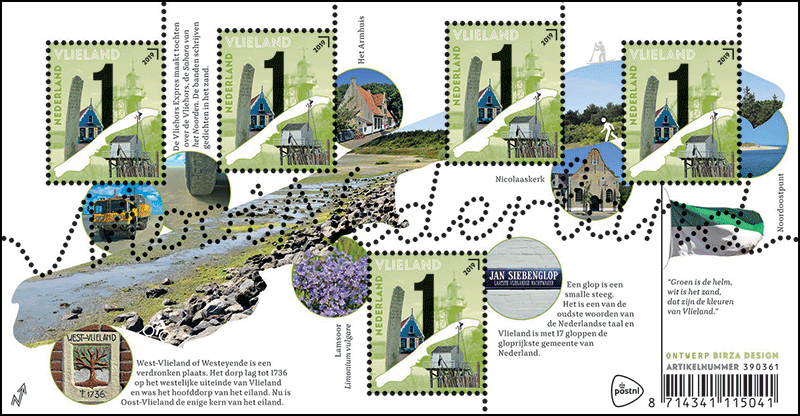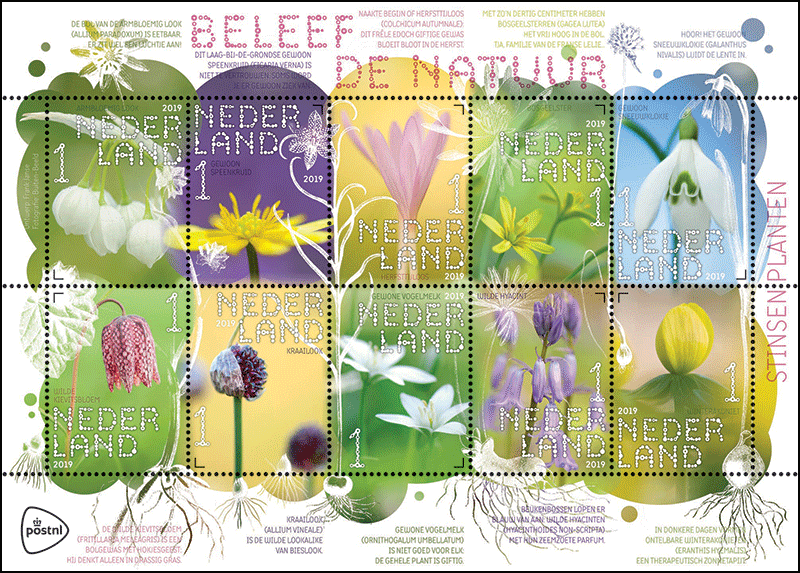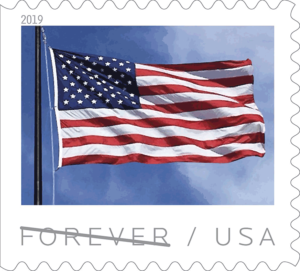Definitive series • Issue date March 5, 2019
The Coraciiformes series includes some of the most colorful bird species found in Israel. These species are known not only for their striking appearance, but also for their sound. While they don’t actually sing, their unique whistles and sounds can be heard from far and wide.
Coraciiformes live throughout the world. Seven species are found in Israel: the European Roller, three Kingfisher species (White-throated, Common and Pied) and three Bee-eaters (European, Little Green and Blue-cheeked).
The birds in this series all have long beaks and eat live prey. Bee-eaters expertly catch flying insects, Kingfishers dive from mid-air into the water to catch fish, while Rollers and some Kingfishers (White-throated) hunt arthropods and small mammals on the ground. These birds typically locate their prey from high exposed vantage points, which makes them perfect “models” for birdwatchers.
The manner in which they seek out their food requires exceptional flying skills as well as unique physiological characteristics. Bee-eaters utilize their wonderful aerobatic abilities to pursue dragonflies and wasps. Kingfishers can locate their prey underwater, dive sharply into the depths and take off again with wet feathers and a fish in their beaks.
All of these species nest in Israel, except for the Common Kingfisher. The nests are made in long horizontal burrows which the Coraciiformes dig in vertical dirt walls. Some of these burrows can be up to two meters long.
The future of the Coraciiformes depends on expansive open habitats with bodies of clean water. Accelerated development processes, expanding urban communities and agricultural areas as well as road-building reduce these habitats and threaten these birds’ continued existence. In addition, the wide-scale use of agricultural pesticides causes a buildup of toxins in their bodies and decreases their food sources. We must preserve their natural habitats in order to continue to enjoy the beauty of these special birds.
European Bee-eater (Merops apiaster)
The Bee-eater is one of the most vibrant birds in Israel. With its long, narrow curved beak it is able to trap bees and wasps in flight. In order to avoid being stung the Bee-eater brings its prey back to its perch and flings it against the surface until the unlucky insect dies.
Blue-cheeked Bee-eater (Merops persicus)
This gentle and elegant looking species is almost completely green. It used to nest in Israel’s northern but today nests only rarely in the Jordan Valley and is considered to be on the brink of extinction.
The discovery of a few new nesting sites in recent years has led to slight optimism regarding the future of this beautiful and special bird.
Little Green Bee-eater (Merops orientalis)
The Little Green is the smallest of the Bee-eater species in Israel, and is the most suited to the desert. It can mostly be seen in southern Israel and along the Dead Sea rift northward to the Sea of Galilee region.
The Little Green is the only one of the three Bee-eater species that remains in Israel year-round and does not migrate.
European Roller (Coracias garrulus)
The European Roller is uniquely colored in shades of blue. When it spreads its wings it reveals bold opposing hues of turquoise, blue and black that are thrilling to behold.
The Rollers’ name stems from its mating flight, which includes aerobatic maneuvers, dives and in-flight rolls.
Common Kingfisher (Alcedo atthis)
The Common Kingfisher is an expert diver that catches its prey by diving steeply into the water from its vantage point high above. Its transparent eyelids and short triangular tongue allow this species to open its beak and keep its eyes open while in the water in order to catch its prey.
—Dotan Yosha



 5342 (55¢) Flag coil (Ashton-Potter printing), serpentine die cut 11 horiz., microprinted “USPS” at lower flag grommet
5342 (55¢) Flag coil (Ashton-Potter printing), serpentine die cut 11 horiz., microprinted “USPS” at lower flag grommet

